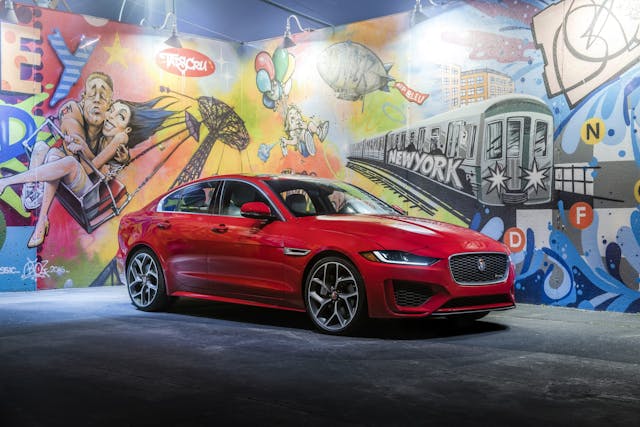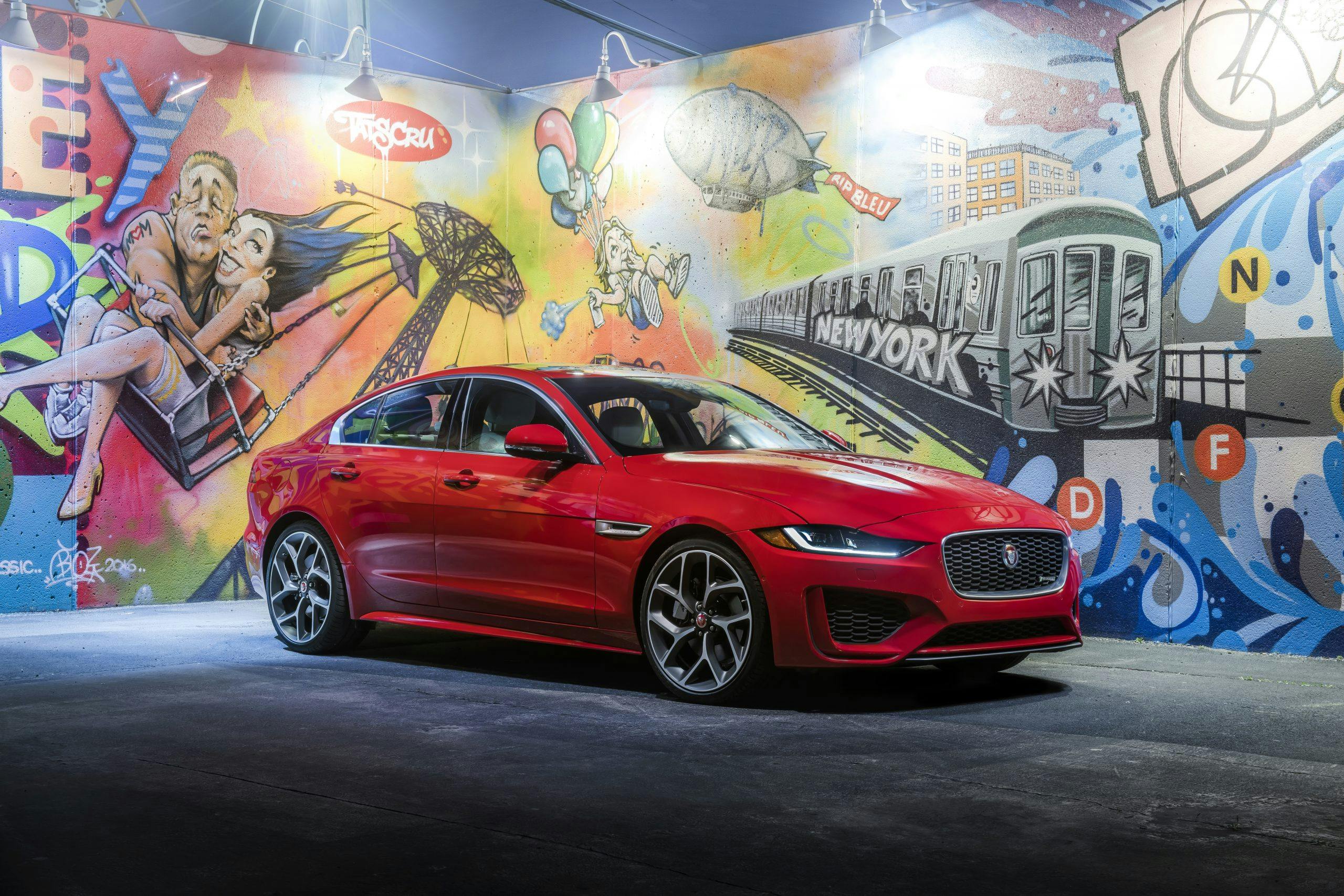Media | Articles
The Jaguar XE forsakes U.S. shores for 2021
Jaguar announced a reshuffled 2021 product portfolio for the U.S. market yesterday, and as the company continues to adapt to a changing market landscape, it confirmed that the XE entry-level luxury sedan has come to the end of its road.
Predictably, Jaguar’s lineup will focus heavily on crossover SUVs led by the F-Pace, Jag’s best-selling model after just four years on the market. Rounding out the SUV selection is the smaller E-Pace—the new lowest rung on the Jaguar ladder—and the all-electric I-Pace. The recently-updated XF midsize sedan has been reconfigured for 2021 to straddle both the entry-level and midsize sedan segments, thanks to a lower starting price of $45,145 (destination included). Thankfully, the drop-dead gorgeous Jaguar F-Type soldiers on as the brand’s halo car, benefitting from a makeover announced late last year for the 2021 model year.

While we’re sad to see another sedan leave American soil, we’re not shocked about the XE’s fate. When it arrived in U.S. showrooms in 2016, the XE was touted as a BMW 3 Series fighter, but for the most part, that battle never really materialized. Despite compelling powertrain options—including supercharged 3.0-liter V-6, a turbocharged 2.0-liter four-cylinder, and a turbodiesel four-cylinder—the XE never leapt above the competition, even with the aural appeal of the supercharged six. A lackluster interior combined with an infotainment system that seemed to fritz more than function didn’t help, either.
By 2016, the ship had sailed for sedans as sales leaders. Buyers had long since turned their interests to blobby SUVs and stilted crossovers, and the sales numbers made the XE’s fate clear: Jag sold fewer than 10,000 XEs per year in the U.S. since 2016, failing to crack even 5000 the past two years.

In other markets the XE will live on, replete with three different powertrain choices—all 2.0-liter turbo-fours, two gas-fed and one diesel-powered. Like the XF, it gets Jaguar’s newest Pivi Pro infotainment system. We can only hope this setup will be less bug-riddled than the one that it replaces.
Marketplace
Buy and sell classics with confidence
As market tastes continue to skew away from sedans to SUVs, Jaguar’s portfolio changes seem sensible, if a bit dismaying.













